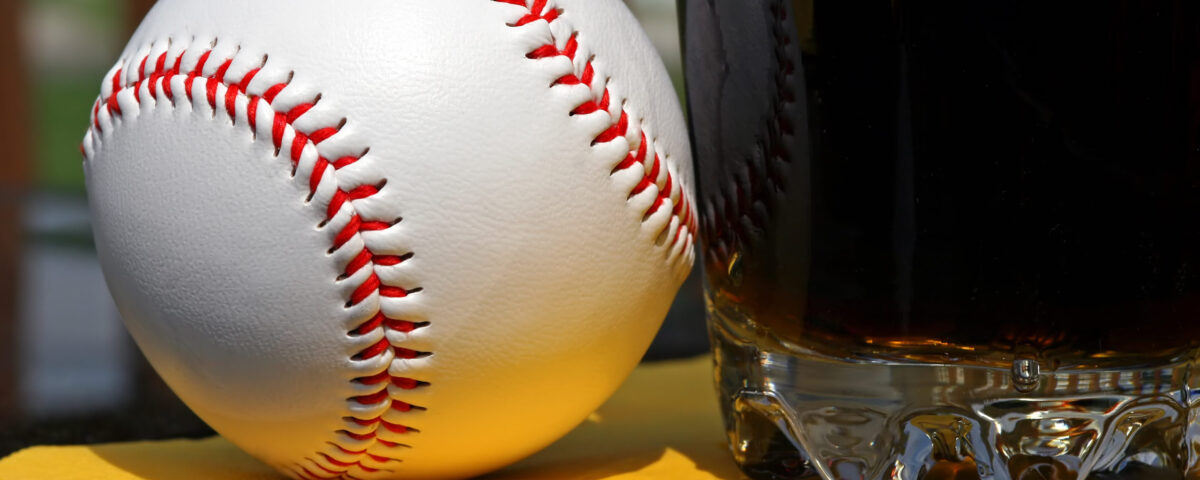
Weekly Roundup: From Thirsty Almonds to Potent Alcohol
April 4, 2015
Why a Dollar Coin Might Not Be Money
April 6, 2015- “To the Master Dodo this concerns: What ignoramus decided to change the formula of Coke?!?! The new formula is gross, disgusting, unexciting, and WORSE THAN PEPSI!!”
Coke consumer, Anniston, Alabama, May 12,1985
- “We want the old and wonderful Coke back PLEASE. Keep the ‘New’ Coke if you want and call it Cokesi if you like. . . .”
A Coke loyalist
When Robert Goizueta became Coke’s CEO in 1981, the Pepsi Challenge was growing. Whereas in 1955 Coca-Cola sales were double those of Pepsi, by 1984 Pepsi was behind by only 4.9 percent. Furthermore, the combined sales of Diet Pepsi and Pepsi Light exceeded Coca-Cola’s Tab. To the executives at Coke, it was “the Pepsi Challenge” that was becoming “the real thing.”
Where are we going? To how innovation can backfire.
Coca-Cola initiated Project Kansas in 1984. Its goal was to develop a new taste for Coke. However, assessing the consumer’s reaction to a newly formulated Coke was somewhat tricky because no one could actually disclose that the goal was a replacement for Coca-Cola. Field testing, therefore, had to be somewhat oblique. But the results were conclusive. People liked the new flavor and Pepsi drinkers even said they might switch.
The New Coke Surprise
There were satellite hookups around the country with film crews, and journalists awaiting the big announcement. From New York’s Lincoln Center a razzle-dazzle media extravaganza unfolded with the Grand Canyon, old Coke commercials, wheat fields, and cowboys. From the stage in front of an audience of seven hundred, Roberto Goizueta exclaimed, “The best soft drink, Coca-Cola, is now going to be even better.”
All appeared to go well until the questions began. Asked one reporter, “Are you one hundred percent certain that this won’t bomb?” Another said, “… if we wanted Pepsi, we’d buy Pepsi.”
The reporters’ questions at Lincoln Center foreshadowed a public outcry. Two months after the announcement, eight thousand telephone calls poured in daily. During a sports event at the Houston Astrodome, people booed the commercials for New Coke that flashed across the viewing screens.
Within weeks, they knew they had made a monumental mistake. CEO Goizueta, said that after he announced Coke’s decision, he slept like a baby: “I wake up crying every hour.” Quickly, they sought to minimize the damage. The decision was made to retain new Coke as a “sister” to the older version which henceforth would be known as Coke Classic.
When asked by a reporter whether he would have proceeded with New Coke had he known the furor that would reverberate across the nation, Roberto Goizueta, replied with a Spanish proverb: “Si mi abuela tuviera rue das, seria bicicleta”—”If my grandmother had wheels, she would be a bicycle.”
The Baseball Market
Similar to Coke’s worries in 1984, baseball’s viewership is decreasing. And, just like Coke, baseball might change its formula.

Translated into viewers, for 1978, the total was 44,278,950. In 2012 12,700,000.
To increase its audience, MLB’s first target could be game time. Averaging from 2.5 hours during the 1970s, game times now exceed three hours. The clock is ticking as David Ortiz rubs his hands and adjusts his glove while we have a 28 second wait for many of David Price’s pitches. And you know when relief pitchers warm up, the third baseman talks to the pitcher, strolls to the catcher, then the pitching coach. Meanwhile, a batter’s song can last 30 seconds when he approaches the plate and they can step out of the batter’s box after every pitch.
We can ask though what is strategy, what is psychological warfare and what composes the baseball identity.
Our Bottom Line: Competitive Strategies
Whether looking at an oligopoly like Coca Cola or a monopoly like major league baseball we see the supply side has the power to decide how it will compete. Their challenge is making the wise decision.
![econlifelogotrademarkedwebsitelogo[1]](/wp-content/uploads/2024/05/econlifelogotrademarkedwebsitelogo1.png#100878)



